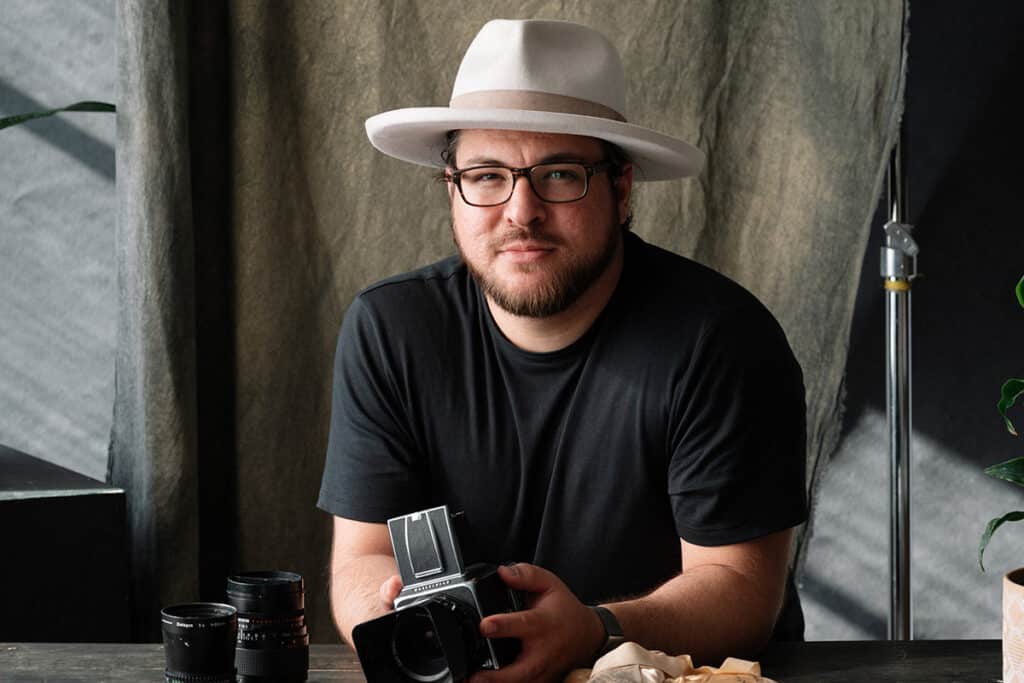San Antonio native Suzanne Scott spent her childhood and adolescence on the South Side without ever playing on or walking along the shores of the San Antonio River. “It wasn’t part of our lives,” she explains. “We couldn’t go to the river because it was channelized and dangerous. It was not in its natural state.” The channelization she is referring to goes back to the 1950s, when the U.S. Army Corps of Engineers forced the naturally meandering river into a straight channel to move floodwaters away from San Antonio.
Today, Scott, like the rest of us, can walk or bike for miles along the so-called Mission Reach of the San Antonio River Improvement Project (SARIP), enjoying nature, fresh air and easy access to the historic missions. But for her this is much more than just pleasant recreation. As the general manager of the San Antonio River Authority (SARA), she has been personally involved with every step of the process that transformed the precious waterway into a nearly completed 13-mile linear park extending north to Hildebrand Avenue and south all the way to Mission Espada. The massive $358.3 million project will undoubtedly have a positive long-term impact on both tourists and residents, especially along the southern 9-mile stretch, which includes the 1-mile Eagleland and the 8-mile Mission Reach segments. No longer will South Side residents be prevented from enjoying the river. Gone is the man-made channel, replaced by the once-again meandering ribbon of sparkling water flanked by natural banks where native plants are stabilizing the soil while inviting wildlife to slowly return to its former habitat. It’s no less than a restoration of an entire ecosystem.
On a hot August afternoon Scott gives me a short tour of the Eagleland section. With the sun beating down mercilessly on us, she promises that thousands of trees will eventually be planted in several places along the shore. But it may take years before they provide any shade. That’s because these trees will be young specimens that will be given time to develop deep roots as they grow, making them resistant to floodwaters.
We cross the stream, stepping on large flat rocks that serve as a sort of bridge, and I learn that the rocks are not there just to look pretty or even to serve primarily as a footbridge. “Because water flow speeds up in between the rocks, the created turbulence helps aerate the water,” she explains. “That in turn helps certain species of insects to thrive. Fish eat those insects.” A little farther down, past newly planted grasses and wildflowers, Scott also motions toward a bunch of silos on the right bank that she says the owner, James Lifshutz, is planning to transform into a mixed-use development. “That’s an example of how SARIP has become a catalyst for other kinds of developments,” she notes. Back in the air-conditioned comfort of her office which, of course, overlooks the river she tells me more about the long process that took SARIP from an idea to actual realization. Her first association with it occurred while she was pursuing her master’s in urban administration at Trinity University while also working as an intern albeit an older, nontraditional one for Bexar County. It was about that time that SARA presented to the county its proposal for river improvements, suggesting that the county flood tax be used as funding. Scott was asked to develop a capital budgeting valuation for the potential project, which at that moment focused primarily on downtown additions and the extension of the River Walk along the so-called Museum Reach. As the process moved forward, the city and county leaders increasingly embraced the idea that improvements should not neglect the South Side and that the river should become the spine that unites the city.
A few years later, Scott took a job at SARA “because I wanted to focus on water issues, so flooding and river improvements were part of it. I grew up on the South Side, and I had a general affinity for the South Side,” she explains further. “I wanted to do what I could to help that part of town. The river is also important to San Antonio as a whole. It’s part of our history and our identity as a city.” The execution of SARIP was still in its infancy, with only the downtown part underway. Scott threw herself into the job, helping SARA to develop intergovernmental relationships beyond the county and a public information office to increase the agency’s visibility. And she eventually assumed a leadership role in the ongoing planning and fundraising for SARIP. Though the agency is involved in water quality and flood issues on a regional basis, the river restoration is its most visible legacy to San Antonio. Not surprisingly, it wasn’t all smooth sailing. There were moments of great anxiety along the way when progress stalled and sources of funding seemed to dry up. Public officials grumbled and even considered halting the work. Through it all, Scott tried to keep everyone focused on the ultimate goal the completion of the entire 13 miles and argued in front of Commissioners Court for the addition of SARIP to the 2008 venue tax bond issue, which the voters eventually approved. That money got the ball rolling again at a crucial moment. “It’s like having a baby,” she says, chuckling. “It’s painful, but as soon as you see the baby, you forget about the challenges.”
The lion’s share of the funding came from Bexar County, but the city, the U.S. Army Corps of Engineers, SARA, SAW and the San Antonio River Foundation also invested in the huge undertaking. The citizens’ River Oversight Committee co-chair, architect Irby Hightower, says that Scott was “very instrumental” in making things happen throughout the process. “She understands what needs to happen, and she makes sure that it happens,” he says, adding that he personally appreciated her insistence on keeping the committee and the community informed and involved.
FIRST WOMAN AT THE HELM
Though Scott grew up with little knowledge of the San Antonio River, later life circumstances kept bringing her in contact with it. Following graduation from Texas Tech, she returned to her hometown to take a public relations job at the South west Craft Center (now Southwest School of Art), whose campus overlooks the waterway. Her next job with VIA Metropolitan Transit also exposed her repeatedly to the river. “I got more and more drawn to it,” says the friendly executive. “It happened naturally.” Even meeting her husband, Parker Scott, happened through a river connection. After leaving VIA and enrolling at Trinity, she did part-time marketing work for a chain of River Walk restaurants. Parker was employed by the same marketing firm. Both were going through divorces at the time, and they hung out together as friends for a while before marrying in 1996. That same year, Scott became a full-time county employee, becoming the county’s primary contact with SARA. It was a time of transition for both entities, she says, as the two tried to realign their priorities and their mutual relationship.
When she took the helm of the river agency in 2007, Scott became the first non-engineer to head SARA and the first woman in Texas to run a water authority. “People worried that I wouldn’t be able to keep up with the technical aspects of the work,” she admits. “But what I bring to it is strategic thinking plus the ability to create partnerships and the communication skills to take the technical information and formulate it into something that the community understands and responds to.” She now oversees a $123 million budget and a staff of 250, 63 of whom are scientists and engineers. But Scott started changing SARA much before she rose to the top position. Back in the early 2000s, the agency was discussing improvements in flood control with the city and county, which led to a more comprehensive approach to the problem and the creation of the Bexar Regional Watershed Management Program, a collaborative partnership of 24 regional governments. Scott largely spearheaded that process. She also convinced then-general manager Greg Rothe to push for the reinstatement of SARA’s taxing authority, which had been suspended in 1980. The newly obtained tax revenue enabled the agency to take the technical lead in flood programs as well as to partially fund, operate and maintain the new river developments.
“Suzanne has been tremendously good for SARA. She’s made the public much more appreciative of SARA’s role in our community, which was not the case, say, 20 years ago,” says Hightower. Today, Scott is already planning to embark on the improvement of 14 miles of West Side creeks through a restoration similar to the river one. And the agency has launched an educational campaign about low-impact development that also pertains to sustainability and the control of storm waters. As we are talking, I glance out the window to see a small fleet of colorful canoes paddle merrily along. It’s a pretty picture that seems to illustrate what we have been talking about regarding people enjoying the river. Though I suspect I know the answer, I ask Scott what is the most satisfying part of her job. “I love seeing people out and about on the river. It’s been 13 years since serious work started, and a lot has been accomplished,” she says. “As a public servant, I am extremely proud that we completed a project that fulfills the need of the public. When I see how appreciative people are, it’s really heartwarming.”




